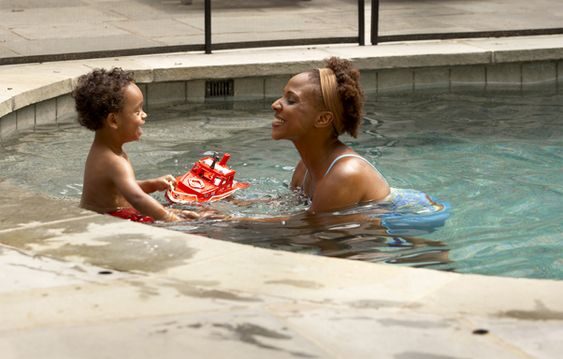
We understand that as parents, your child’s safety is always your first concern. To help you be prepared for any situation, we’ve compiled a list of three easy yet potentially life-saving actions you can take right now. These steps, from learning CPR to water safety, will enable you to respond swiftly and confidently in an emergency.
- Learn CPR
Learn how to do CPR – Learn how to do CPR and rescue breaths safely for someone who has drowned. Follow these guidelines: CHECK (are they breathing?) CALL (Call 112 for help) COMPRESS (push hard and fast in the centre of the chest).
Did you know? Studies have shown that when CPR is performed immediately by a bystander, it can double or even triple a person’s chance of survival
Knowing how to administer cardiopulmonary resuscitation (CPR) can be the difference between life and death in unexpected emergencies. Sign up for a local CPR training course to acquire the skills needed to manage cardiac, drowning, and choking crises. Organizations like the Red Cross offer quick, hands-on training that can be completed in just a few hours.
Advice: Ensure all caregivers in your household are trained in CPR and practice the technique regularly.
2. Follow Water Safety Regulations
Drowning is one of the leading causes of unintentional death among children, but it is preventable. Always adhere to these basic water safety guidelines whether you’re at a pool, the beach, or even near a bathtub:
- Never leave children alone near water, not even for a moment.
- Teach children never to approach water without permission.
- Ensure pools have secure, self-latching gates and proper fencing.
Advice: Enrol your child in swimming lessons at a young age to help them build confidence and learn how to be safe in and around water.
3. Stay Focused: Supervision Is Key
Accidents can happen in a matter of seconds, particularly near water or in potentially hazardous situations. Always keep a close watch on your children. At events, assign a responsible adult as the “water watcher” to ensure kids are being actively supervised near water.
Advice: For younger children, follow the “touch supervision” guideline, which means always being close enough to reach out and touch them.
By getting trained in CPR, adhering to water safety regulations, and always supervising your children, you can prevent accidents and act quickly in an emergency. Your readiness could save a life!
Stay vigilant and safe!
Author: Sade Linnen
Contributor: Kim Petersen and Sadeeqah Ely

